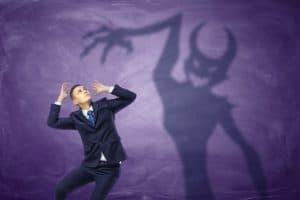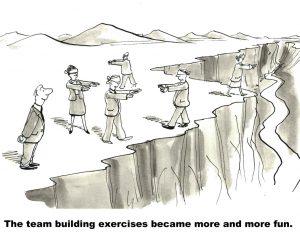For many years now workplace health and safety conferences have discussed Leadership and how it is vital to the establishment of appropriate safety performance and, often, the establishment of a safety culture. NSCA Foundation’s SafetyCONNECT conference was no different in some ways but there was a major concession in the last couple of the minutes of the conference.
 Many presenters implied, or stated, that Leadership is a critical element of successful safety management. They also said that safety starts from the top. It is not unreasonable to interpret these statements as meaning that Leadership is embodied in the Chief Executive Officer, Senior Executive or Director and that safety trickles down through the management structures like neoliberal nonsense.
Many presenters implied, or stated, that Leadership is a critical element of successful safety management. They also said that safety starts from the top. It is not unreasonable to interpret these statements as meaning that Leadership is embodied in the Chief Executive Officer, Senior Executive or Director and that safety trickles down through the management structures like neoliberal nonsense.

 Occupational health and safety (OHS) is easy. Change is hard. OHS can identify workplace hazards and risks but it is the employer or business owner or Person Conducting Business or Undertaking (PCBU) who needs to make the decision to change. All of this activity occurs within, and due to, the culture of each workplace and work location. OHS lives within, and affects, each company’s organisational culture but a safety subculture is almost invisible, so it is worth looking at the broader organisational culture and there is no better show, at the moment in Australia, than
Occupational health and safety (OHS) is easy. Change is hard. OHS can identify workplace hazards and risks but it is the employer or business owner or Person Conducting Business or Undertaking (PCBU) who needs to make the decision to change. All of this activity occurs within, and due to, the culture of each workplace and work location. OHS lives within, and affects, each company’s organisational culture but a safety subculture is almost invisible, so it is worth looking at the broader organisational culture and there is no better show, at the moment in Australia, than  The
The 


